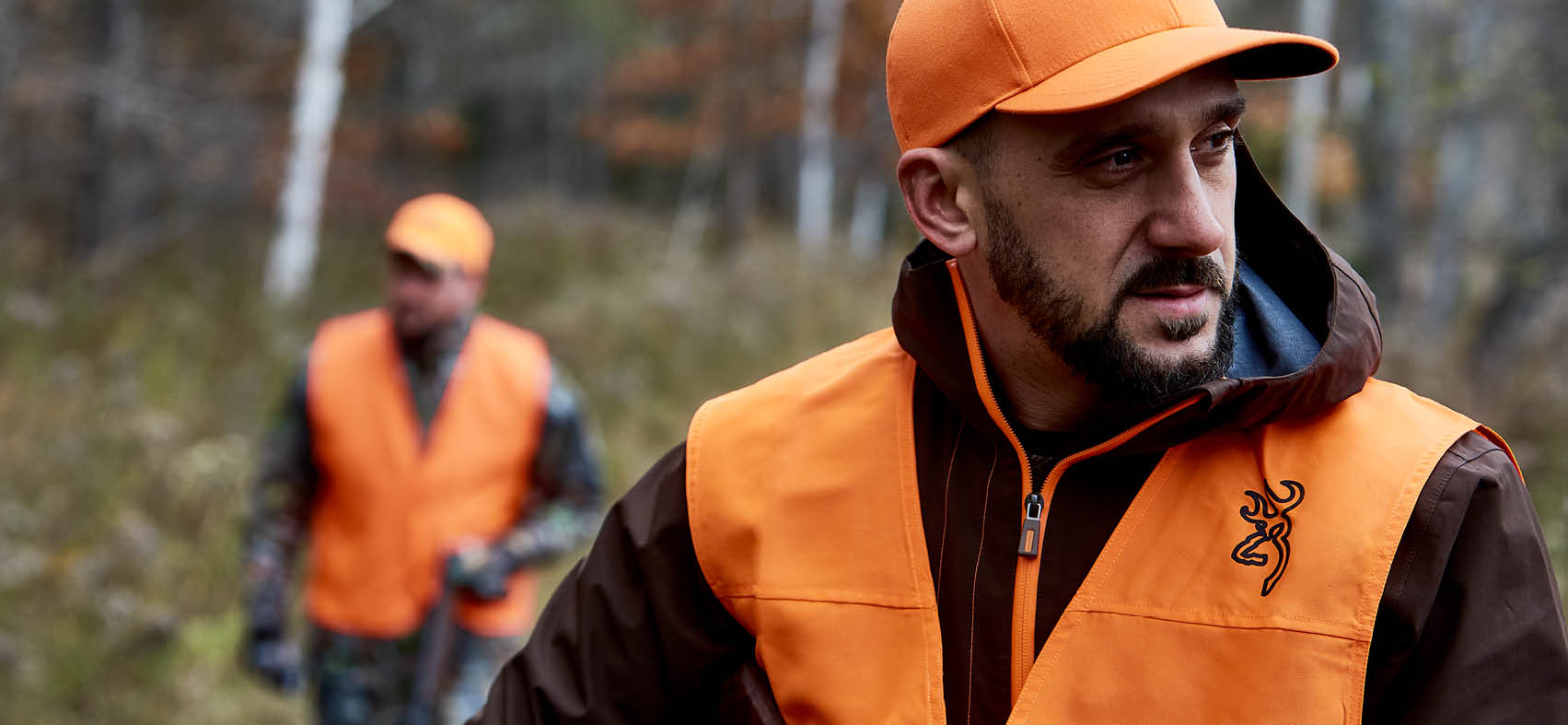Migratory Bird Hunting: Basic Tips for Planning Your Next Hunting Trip
Hunting | March 24, 2024
Win a trip to Crete by becoming an Explore + member
SAIL
December 3, 2021

Once you’ve hunted with a GPS, you’ll never want to be without this handy tool that lets you locate hunting areas and orient yourself in the woods. Let’s zoom in on the subject.
Article written in collaboration with FédéCP.
You only need to lose your way in the woods once to make using a GPS geo-navigation device part of your new hunting and even fishing habits. When dealing with the elements of nature, we want to stay on top of our game. A good way to start is to be able to know your location at all times. To do this, a GPS is the tool of choice. Reading this article will guide you through the following questions:
You can also familiarize yourself with the different models of global positioning devices (GPS) and their characteristics by shopping at SAIL.ca or by visiting one of our stores.
The term GPS stands for Global Positioning System, an American satellite navigation system consisting of 31 satellites that transmit a unique signal and orbital parameters that are decoded by the GPS units you use. The GPS receiver calculates your exact location by trilateration (calculating the distances between you and the satellites around you).
A GPS works in all weather conditions, anywhere in the world, 24 hours a day, with no subscription fees. There are other GPS-like systems in the world, all of which are classified as Global Navigation Satellite Systems (GNSS). The main ones are GLONASS, a satellite constellation system built by Russia, Galileo, created by the European Space Agency, and Beidou, a Chinese system.
With or without cartography, a GPS allows you to orient yourself when you go off the beaten track.
These devices are especially useful when hunting, because tracking game can quickly make you lose your bearings. With a GPS, you can identify specific locations with different names and symbols to locate reference points such as your vehicle, hunting locations, feeder fields, game signs, etc.
When harvesting game, it can be very helpful to mark the location of the shot and the blood trails. This can greatly influence your search afterwards, whether it is during the day or at night. Handheld GPS units make it much easier to navigate in the dark. Portable GPS units are easy to use and do not require the ability to read geographic coordinates.
The choice of a portable GPS depends greatly on your needs. There is something for every taste and budget.
The primary function of a portable GPS unit is to create waypoints, commonly called routes and trails. Tracks are your “breadcrumbs” that keep track of your trip so you can return to your starting point. Mapping devices, often available separately, give you access to terrain, waterways and roads, making it easier to navigate.
There are many models available on the market; compact or standard size, buttons or touch screen, etc. Some models are designed to be mounted on the handlebars of ATVs or snowmobiles and some even offer the possibility of communicating via two-way text messaging via satellite (and sending messages to emergency services, wherever you are). A compact, lightweight device will be ideal for hiking, but has a smaller screen. A unit with a touchscreen will be easier to use, but may be difficult to operate with thick hunting gloves.
Most GPS units offer these basic features: an electronic compass, which determines your orientation even when you’re standing still, and a barometric altimeter, which provides very accurate altitude information and also tracks altitude gains and losses and changes in barometric pressure. Some models also offer the 3-axis electronic compass, a very effective steering tool that compensates for tilt, which means it gives directions no matter how it is held.
There are different products on the market with GPS technology. The handheld GPS, discussed in this text, is probably the best known. GPS-enabled fishing watches and sonars are gaining in popularity, as are bicycle computers, and satellite-based messaging devices like SPOT.
These keep you in touch with those who follow your travels by sharing your location, no matter where you are in the world. You will also be able to send messages in case of emergency, or simply text messages to your loved ones. These services require a monthly or annual subscription.